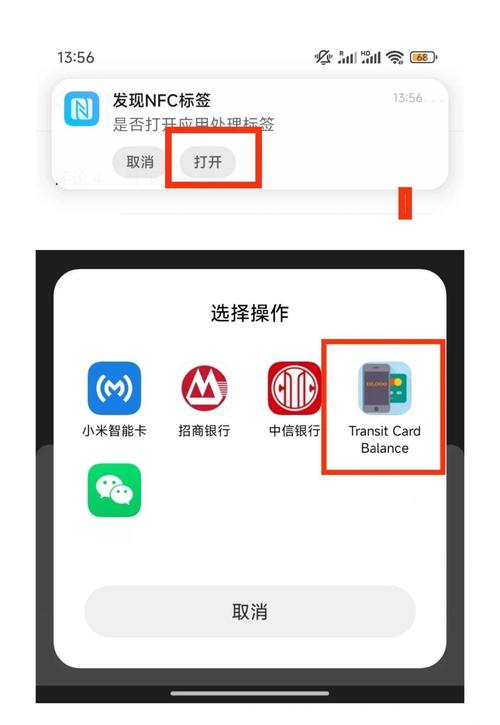How to Make Money with Android Apps
Creating an Android app can be a lucrative venture if done correctly. With millions of apps available on the Google Play Store, standing out and making money can seem daunting. However, with the right strategy and dedication, you can turn your app idea into a profitable business. Let’s explore various ways to make money with Android apps.
Monetization Models
Before diving into the specifics, it’s essential to understand the different monetization models available for Android apps:

- Freemium: Offer a free app with in-app purchases or ads.
- Subscription: Charge a recurring fee for access to your app’s features.
- Pay-per-download: Charge a one-time fee for the app.
- Ad-supported: Monetize through ads displayed within the app.
- Affiliate Marketing: Earn commissions by promoting other products or services within your app.
Choose a monetization model that aligns with your app’s target audience and your business goals.
Developing a Profitable App
Creating a successful Android app involves several key steps:
1. Identify Your Target Audience
Understanding your target audience is crucial for developing an app that meets their needs and preferences. Conduct market research to identify your audience’s demographics, interests, and pain points. This information will help you tailor your app’s features and design.
2. Create a Unique Value Proposition
Your app should offer something unique that sets it apart from the competition. Identify a problem that your app solves or a need that it fulfills, and emphasize this in your marketing efforts.
3. Develop a High-Quality App
Invest in a skilled development team or learn to develop the app yourself. Ensure that your app is user-friendly, performs well, and is visually appealing. A high-quality app will encourage users to download and keep it on their devices.
4. Optimize for the Google Play Store
Optimizing your app for the Google Play Store is crucial for attracting users. Use relevant keywords in your app’s title and description, create an engaging app icon, and provide high-quality screenshots and videos. Encourage users to leave positive reviews and ratings.
Generating Revenue
Once your app is live, you can start generating revenue through various methods:
1. In-App Purchases
In-app purchases are a popular monetization method for freemium apps. Offer additional features, content, or services that users can buy within the app. Ensure that these purchases add value to the user experience and are priced reasonably.
2. Ads
Monetize your app through ads by integrating ad networks like Google AdMob or MoPub. Choose the right ad formats and placements to ensure they don’t detract from the user experience. Keep in mind that ad revenue can be unpredictable, so it’s best to use it as a supplementary income source.
3. Subscriptions
Offer a subscription model for your app if it provides ongoing value to users. This could be a monthly or annual fee for access to premium features, content, or services. Ensure that your subscription offers clear value and is easy to manage for users.
4. Affiliate Marketing
Integrate affiliate marketing into your app by promoting relevant products or services. Use in-app links, banners, or videos to encourage users to make purchases. Be transparent about your affiliate relationships and ensure that the products or services you promote align with your app’s theme.
Leveraging Social Media and Marketing
Marketing your app is essential for attracting users and generating revenue. Here are some effective strategies:
1. Social Media
Utilize social media platforms like Facebook, Twitter, Instagram, and LinkedIn to promote your app. Share updates, engage with users, and create content that showcases your app’s features and benefits.
2. Influencer Marketing
Collaborate with influencers in your app’s niche to reach a broader audience. Influencers can help you gain credibility and attract new users to your app.
3. Content Marketing
Create valuable content related to your app’s theme, such as blog posts, videos, or infographics. Share this content on your website,

